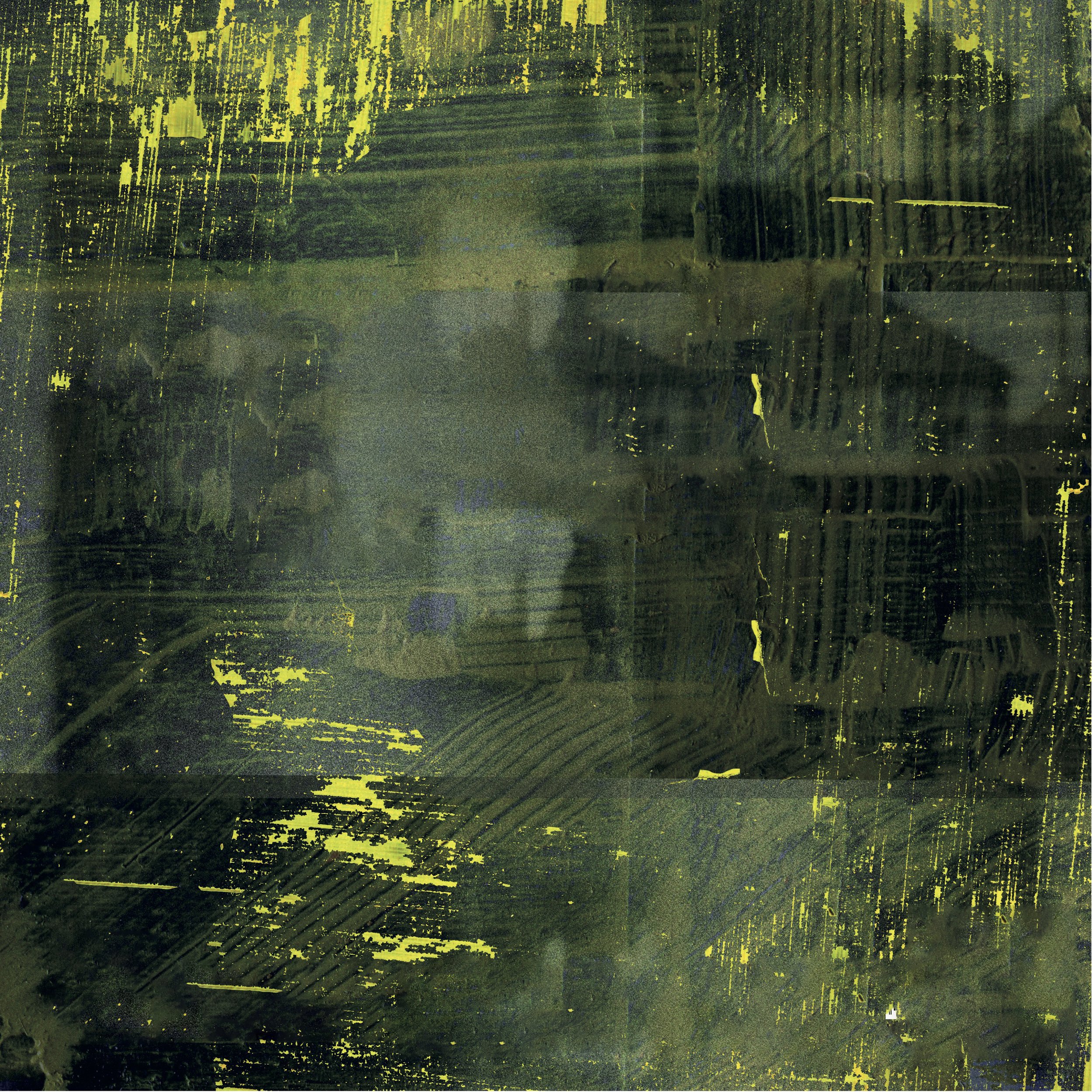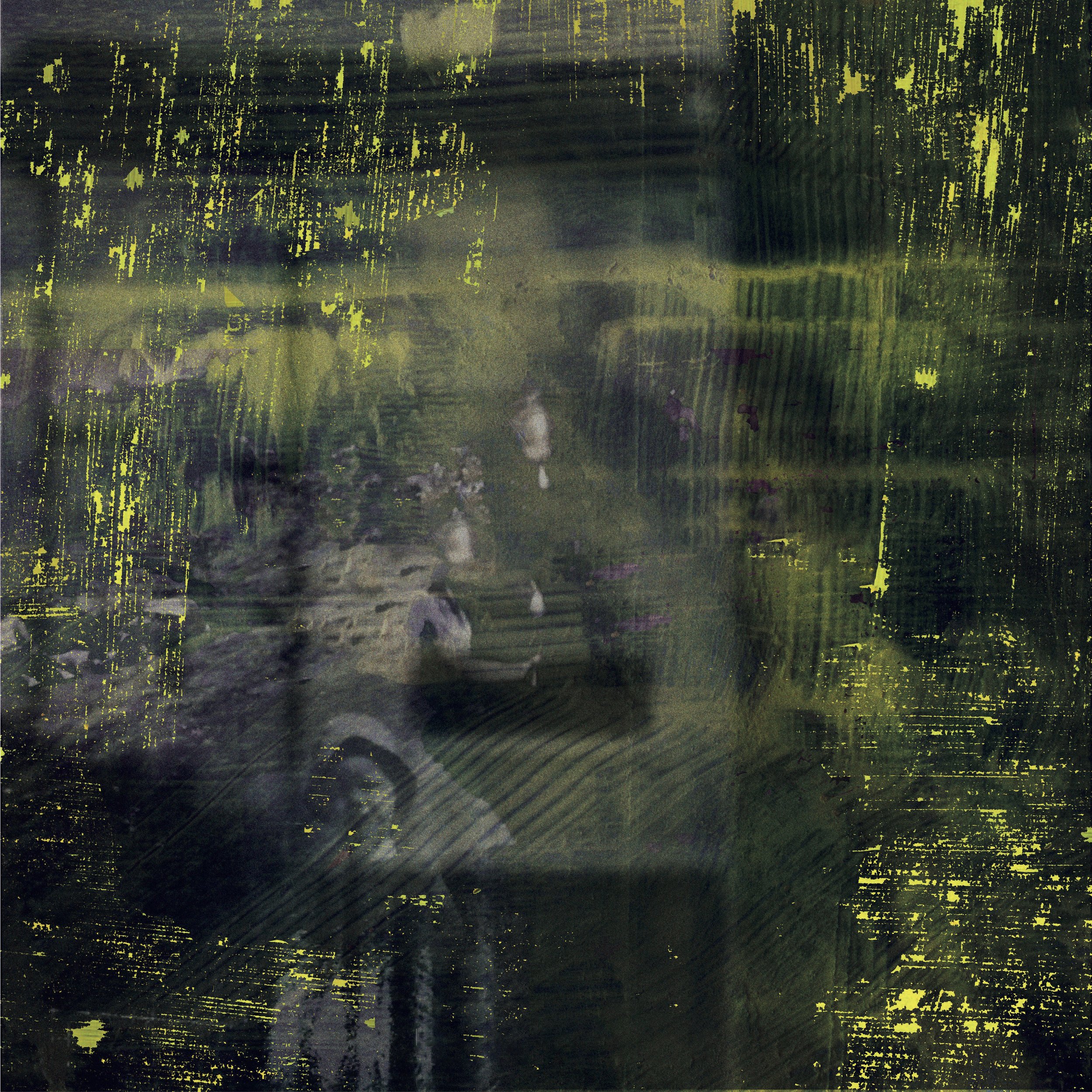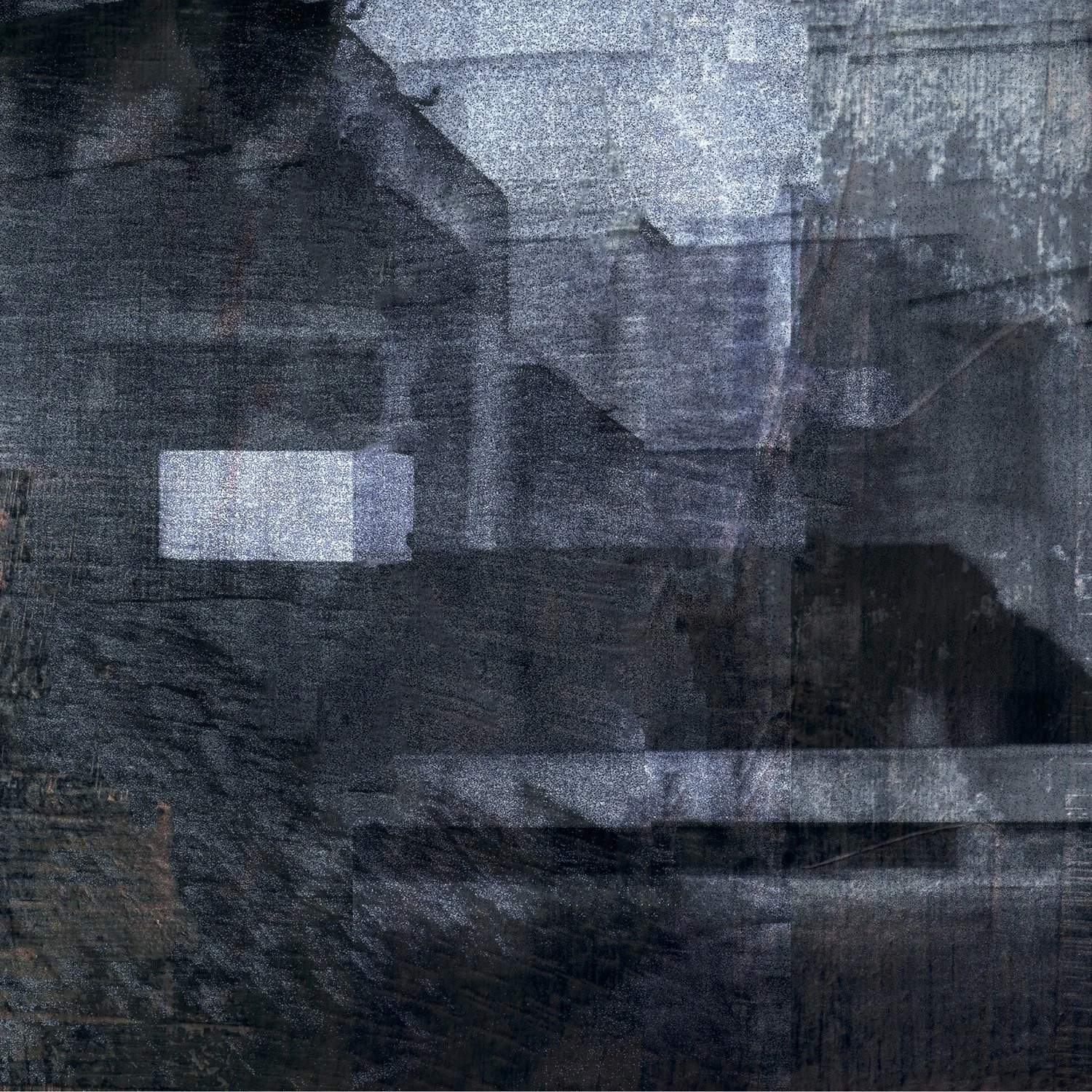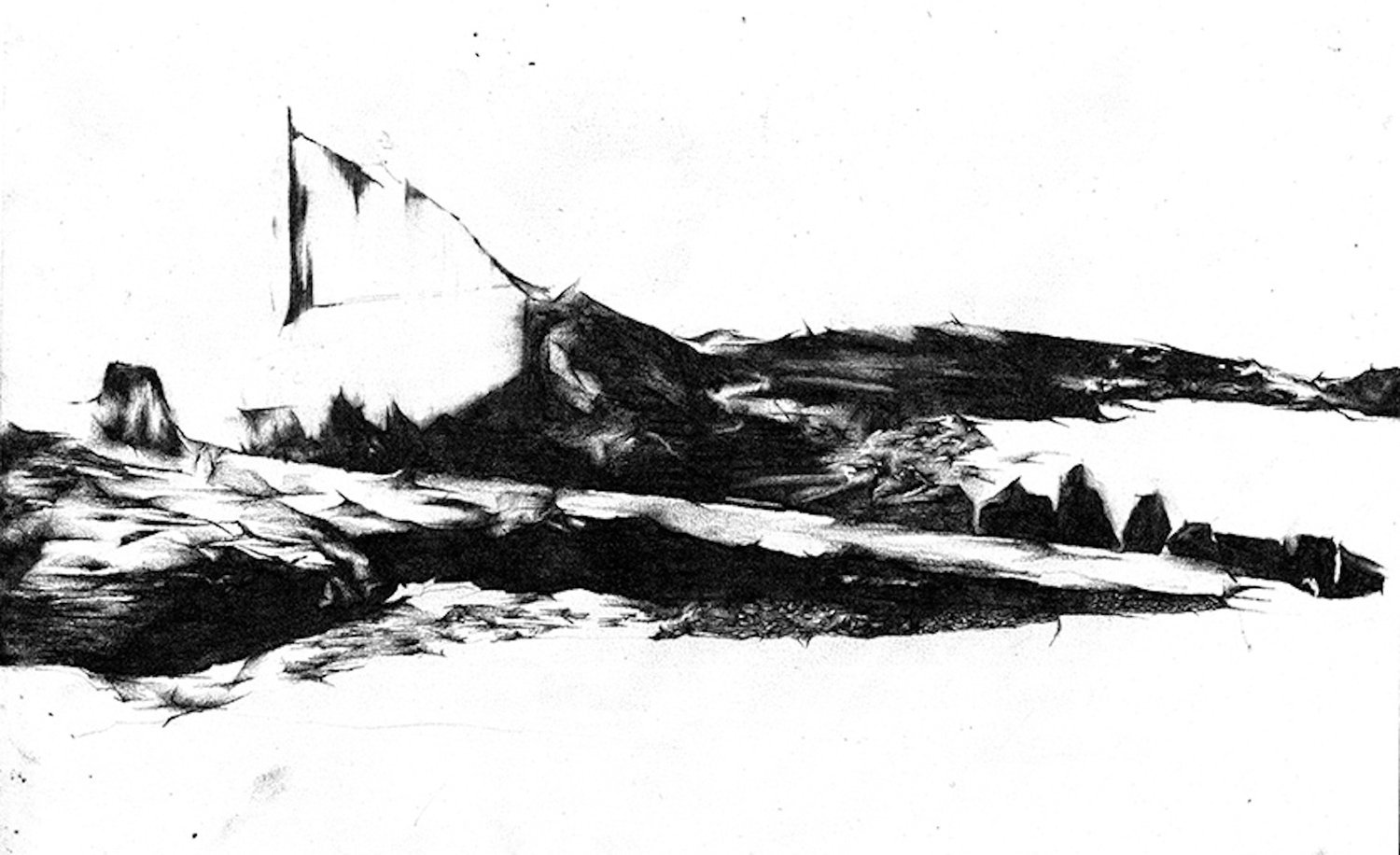Claire Carden McGinlay
My practice questions the state of non function – the removal of energy and the presence of the outer shell. There is an energy that exists within all of us out-with the physical, that feeds our psyche and develops our ego. When that is removed it is stillness we are left with. In my casting and installation work I focus on removing the practical function from the object to question this anchored state. I correlate this idea into studying the dynamics that exist between the social and physical landscape. I like to represent stories from the past. Tales exaggerated and told over and over until you know them as part of your own heritage. It is through these stories, our human experience, we shape the system of things; and workings of society. The work I am focussing on at the moment is inspired by the paintings of Rachel Ruysch and Willem de Kaff. I combine objects with vibrant botanicals – thriving and decaying – to question our muddied language surrounding commodity, functionality, and conditioned environments. I select functional objects to cast; working between concrete and plaster; and incorporate powdered pigments into the mix to implement more colour. The cast becomes a shell of the prior functioning object. The botanicals surround the casts – carrying with them an abundance of symbolism, mythology and properties essential to human life. Each painting then comes to illustrate our human nature, with regard to want and need; and depicts our unwavering connection to ecology and bionomics.
Can you tell us about your artistic journey, and what inspired you to be an artist?
I met three soulmates – Emma, Kevin and Angus – during my year at Tramway Portfolio Classes in Glasgow. They were the catalyst and the inspiration, and they still are to be honest. There’s so many stories from the beginning but they’re the best foundation I have and their at the root of the artist I am today.
What themes or concepts do you explore in your artwork, and why are they important to you?
Generally, I study the dynamics that exist between our social and physical landscapes. Right now, that involves looking mainly to the Scottish Landscape – understanding heritage through the elements, mythology and folklore. It is important I take this step – to delve deep into this narrative. There’s an honesty to it. It’s as if someone has lifted the veil to me in the past few months. My main focus was industrial to start, but I never felt I was getting to the root of my practice. Now, beginning to tap into Scottish botany and looking to the Hebridean landscape I’ve come face to face with my own personal heritage and a realisation our history is embedded within the elements. Through our soil, our water and our stone.
Could you describe your creative process, from ideation to execution. Are there any particular techniques or mediums you prefer?
Sometimes, I find the idea or the reasoning comes to me after the execution of the work. Like my subconscious is ten steps ahead of me and can see round corners, while my body is still catching up. I don’t think I have any set formula for my practice. I’ll be drawn to certain objects and for some reason I’m obsessed with the process of casting. I think it’s the ritualistic nature of casting. There’s a great deal of problem solving and discipline involved. Then with drawing and painting I am incredibly slow. That’s one of the few things I’m confident about in my practice – embracing being slow.
How do you find inspiration when faced with creative blocks or challenges in your work?
I think feeding myself with knowledge is the best way to overcome the challenges. Normally if I’m in that headspace I need to get out of the studio. I’ll normally end up at galleries and libraries – sometimes just the park as well. I really have to pull away and not push too hard to find the answer. Once I’ve managed to slow my brain down the answer normally comes. Then again, talking about the studio – cleaning always really helps me out of a mental block. If I’m feeling stuck in a rut in the middle of a drawing or painting session. Pulling away and cleaning my brushes, my palette - resetting and refreshing the space I’m working in can really help clear my head.
Can you highlight a specific piece of your artwork that holds special significance to you and share the story behind it?
Honestly, it is so hard to pick one specific piece. With every artwork there is always an intention and once complete I begin to find the reasoning. Whether it be through the science or myth of the botany I’ve chosen. Or the object I’ve decided to cast and draw from – I love all the stories that come from the work. There is one however that sticks out to me. A digital collage print I created from found processed photographs called Lost Inland. A friend of mine had gone through an incredibly dark time in his life – loss of a parent, caring for his surviving parent, the breakdown of a marriage. He took all this darkness and turned it into one of the most beautiful compositions of music I’ve ever heard. Full of substance and weight – the kind of music that really hits your soul. I would listen to the album on loop over and over in the studio and I’d enter into this hypnotic flow state. I started to – slightly unconsciously – create work that reacted to the music using these found processed photographs. From that, this print emerged. At first, I guess I saw only my friends story – the weight of his world. Then the more I sat with it, the narrative changed. Sometimes, I can see the weight of the world I didn’t even realise was sitting on my shoulders at the time I was creating the piece. Sometimes, it reflects exactly where I’m at in my present day. But overall, it reflects the philosophy of the choices we can make whatever season of life we find ourselves in. We can fall deeper into darkness, or we give that energy purpose and harness it into something that feeds our soul.
How do you see your work evolving in the future? Are there any new techniques or mediums you’re eager to explore?
I want to create gardens. I’m absolutely obsessed. It’s all I imagine for the future – being in amongst the plants and the soil. In my studio all I listen to right now are other artist interviews and gardening podcasts. I want to create gardens as immersive, interactive installations. There is so much art within nature itself. Painting, drawing and casting will always be a huge part of my practice. I can’t see myself doing anything very traditional like painting or drawing the gardens but instead finding ways to incorporate the garden into the practice. Whether that be through things like casting pots to grow plants. Or Propagating different plants for their oil properties to be used within my painting practice.
At the moment I’m creating a series of paintings that I would say has really been a marker in the evolution of my practice. The process looks at “mortalising” the work by using corroding aluminium panels to paint on top of. The idea being, over decades the paintings will disappear again. To represent, that in our mortality we remain free to this world. Just like nature. Regardless of how much we humans try to commodify nature, in its mortality it remains free and in control.
What role does your personal experiences or background play in influencing your art. Are there cultural or social aspects that often find their way into your work?
I’ve lived in Glasgow, Scotland my whole life. I grew up in this area called the Braehead Estate. My parents grew up in the exact same area. It always amazes me that the landscape from their childhood and the stories they tell me are so similar to that of my own childhood. It lead me to look at the design of the estate – the architecture of the 60’s style houses. To discover the purpose of the design and the land that came before it. That took me further into Glasgow’s landscape and the social history that runs parallel to the architecture. Finding out about things like The Ice Cream Wars; the rehousing from tenements to high rise; the demolition of estates- the displacement that came with that. There were so many artists to tap into to like Chris Leslie, with his series Disappearing Glasgow and Thomas Annan with his photo series The Old Closes and Streets of Glasgow. This all lead me to look deeper into my own heritage. To examine the influx of families from the Highlands and Ireland who moved into Glasgow with the start of the Industrial Revolution. I think my work always finds it roots in these aspects whether directly or indirectly. I can’t see these elements within my work ever disappearing.
Are there any artists, past or present, who have had a significant influence on your artistic style or philosophy?
Rachel Ruysch definitely inspires my drawings. Her use of oil and the saturation of the flowers she manages to capture in such detail I find totally mesmerising. Then Justin Mortimer. His imagery is phenomenal and his technique with paint just blows me away. All his interviews as well, he’s so grounded with his work, so happy to share his process and ways of working. I could write a whole page on artists who influence me but I’d say Tatiana Trouve is also someone I should mention. Her approach to space and layer and landscape in her painting and sculptural work has always really inspired my practice. She wrote in an interview once about her first show – reflecting on the space that artists require to make the work they need to make. It’s always really stuck with me. I’m so passionate about that. If we want art in the world we need affordable spaces to create.
In the day to day though, there’s two artists who have really influenced the direction of my practice. The first, a friend – Ross Muir who is an incredible artist and painter. Some recent talks we’ve had on natures effects on our lives. He really opened my eyes to seeing life through natures lens. His knowledge on the landscape and foraging and our consuming habits as a society have really shaped my new body of work.
I recently also took a trip to the Isle of Lewis, Scotland, with an incredible designer and friend, Sam Wood, who runs their own label Palimpsist. The term relates to a piece of manuscript which has had writing superimposed onto the original text. Their practice of designing then comes to portray the process of taking older influences of design and bonding them within a contemporary perspective. It was a huge awakening when on the Island. Their knowledge of the elements, of botany and the soil. Teaching me in depth about the preservation properties of the peat bogs. It was through all these conversations I was able to mould and develop my ideas for my new body of work.
How do you balance the commercial aspects of being an artist with staying true to your creative vision?
I think authenticity and honesty is key. You have to be making the work that feeds your soul and grow your audience from there. If you move into the world of art purely focussed on making money – people see through that façade.
Can you share upcoming projects, exhibitions or events where our audience can experience your work?
Yeah, I mostly put everything onto my Instagram @clairecardenmcginlay. In the next few months I’ll be building a whole new body of work for my solo show in August 2024 at Cass Art in Glasgow. There will be a lot of plants and botany as well as the paintings and drawings to show. 2024 is looking incredibly exciting in terms of the evolution of my practice.










